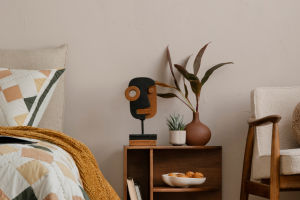Hey there Lykkers! As education transforms to keep up with modern learners, the importance of creating flexible learning spaces has never been more crucial.
These spaces can cater to different teaching styles, foster collaboration, and allow students to interact with the material in diverse ways.
By adapting to these changing needs, schools can provide a range of learning experiences and cultivate environments that spark creativity, problem-solving, and critical thinking.
Understanding the Individual Needs of Students
To kick off our journey into the world of flexible learning environments, it’s vital to first understand the unique needs of our students. Students learn in various ways – some thrive in group settings, while others require quiet spaces for focused work.
By involving students in the process, we can create an environment that resonates with their preferences. Conducting surveys or engaging students in discussions can provide insights into how they prefer to learn.
Embracing Moveable Furniture for Flexibility
One fantastic way to set up a flexible classroom is by incorporating moveable furniture. Desks, chairs, and tables that can be easily rearranged empower teachers to adjust the layout based on the activity at hand. This flexibility allows for seamless transitions between different teaching methods, fostering a dynamic learning experience that keeps students engaged.
Zoning in on Different Activities
A well-designed flexible learning environment features designated areas for various activities. By creating zones within the classroom, educators can cater to different learning styles and tasks. From quiet reading corners to collaborative spaces and technology stations, these distinct areas encourage students to explore different types of learning activities throughout the day.
Embracing the Role of Technology
In today’s digital age, technology plays a pivotal role in flexible learning environments. Integrating interactive whiteboards, tablets, or laptops into the classroom can enhance the learning experience for digital-native students. However, it’s crucial to ensure that technology is seamlessly integrated and does not become a distraction.
Utilizing Modular Classrooms for Scalability
When schools require additional learning spaces or need to accommodate growing student numbers, modular classrooms offer a cost-effective and flexible solution. These spaces can be customized to meet the school’s curriculum needs, providing the flexibility to adapt as requirements evolve over time.
Fostering Collaboration and Active Learning
Flexible learning environments should promote collaboration and active learning. Creating spaces where students can work together on projects or engage in discussions helps build essential communication and teamwork skills. Encouraging movement and hands-on activities further enables students to take ownership of their learning experience.
Creating flexible learning environments is essential in today’s educational landscape. By incorporating student needs, moveable furniture, technology, and modular classrooms, schools can provide adaptable spaces that nurture creativity, collaboration, and active learning. These environments not only enhance academic success but also inspire students to fully engage with their education.
Keep exploring, learning, and growing in this exciting world of flexible learning environments!


